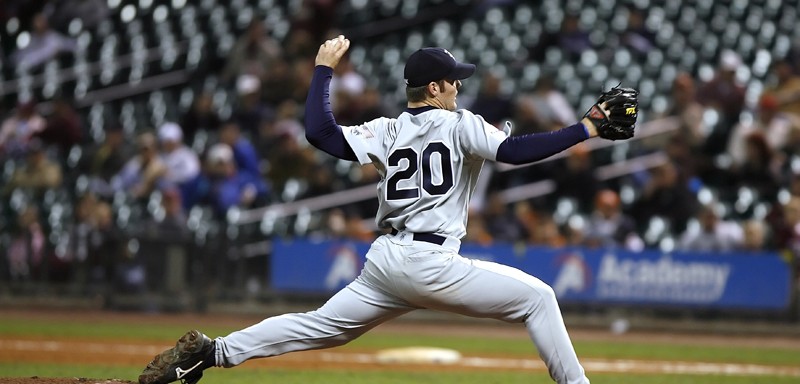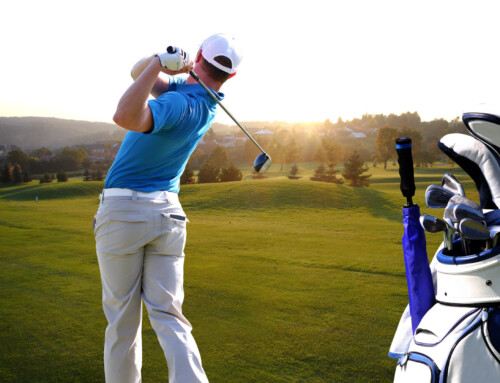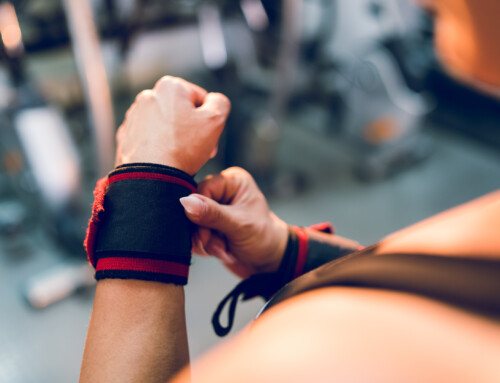It’s as American as Mom and apple pie. It’s our favorite pastime. And hopefully, when it comes to baseball injuries and injury prevention, it’s “Take Me Out TO the Ballgame”, not “Take Me Out OF the Ballgame”!
Baseball Injuries
When we think about baseball and sports injuries, baseball may seem to pale in comparison with other more aggressive contact sports like football, ice hockey, rugby or basketball. But, as with any other sports, it has its own set of injuries associated with the sport, all of which should be taken seriously.
Baseball has the most repetitive set of movements, perhaps even more so than any other team sport. Think about it. Pitchers go up to the mound, wind up rotating the upper torso, shoulders and arms as they create force and thrust with the same leg. Over and over and over. (Did you know there is even an injury known as “Little Leaguer’s Elbow” that can affect kids playing Little League?)
Same thing for other positions. The batters, the catchers, the catcher squatting behind home plate. They each perform a highly-stylized set of movements which can eventually lead to injury. (Read our guest blog: Importance of Shoulder/Scapular Muscle Strength Specifically in Baseball Players)
Some of the most common injuries to baseball players include:
- Shoulder and rotator cuff, which can include shoulder separation, bursitis, tendonitis and muscle impingement;
- Tennis elbow, inflammation and ligament tears;
- Wrist and hand injuries, including sprains, strains, tendonitis, finger fractures;
- Knee injuries, including ACL injuries and tears and sprains of the ligaments.
Injury Prevention for Baseball Players
There are three important techniques for injury prevention for baseball players :
- Develop a proactive workout routine that addresses potential injuries before they happen;
- Develop good technique to prevent unnecessary chronic injury;
- Stretch, cool down and take advantage of sports and massage therapy.
When you’re working out, more isn’t necessarily better. Dynamic mobility exercises should be an integral part of your workout routine because they promote increased blood flow and include movement that incorporates stretching and resistance simultaneously, allowing the muscles to progress through a full range of motion.
Work with your coach or trainer to develop proper throwing and batting techniques. Just as with tennis, golf or any other sport that involves a continuous, repetitive motion, if you are performing the motion incorrectly, it will eventually result in joint issues such as tendonitis and injury to the muscle.
Physical Therapy for Baseball Players, Pitchers, Athletes
Thankfully, athletes are embracing the importance of cool downs, stretching and limbering the muscles. Many serious athletes, even at the high school level, understand the benefits of receiving regular sports and massage and/or cupping therapy, as both a treatment and a prophylactic measure. If you don’t have the luxury of receiving regular sports massage and therapy, use a foam roller to knead sore muscles and reduce the tightness and inflammation, while dispersing the level of lactic acid buildup in the muscle.
Here is a quick video with an example of a preventative shoulder exercise.
You can subscribe to out YouTube Channel for more information, exercises and for more information on physical therapy for athletes
The therapists at Capital Area PT in Malta / Saratoga Springs 518-289-5242 and Queensbury / Glens Falls ( 518) 502-1154 can provide consultation and treatment if you have any pain or issues associated with baseball or softball related injuries for athletes of any age.
Related Posts:
- The Importance of Scapular Stabilization for Baseball Players
- Reducing Little League Elbow Injuries
- Cupping Therapy for Athlete






